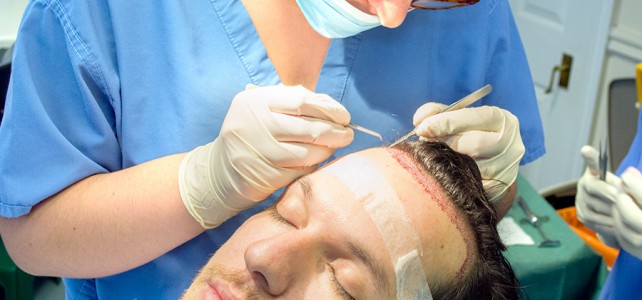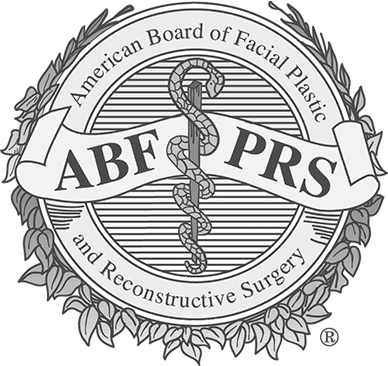Hair Transplantation – What to Expect
The day of surgery will begin early. We usually like the patient to arrive at the clinic by 7:30 or 8. You should come to the clinic with an empty stomach if you are planning on any sedation. It is also important to shower on the morning of surgery. No hair products should be placed in the hair should be minimally styled. Soaps and shampoos containing anti-bacterial properties are best. If you have been given a prescription for Valium or some other sedative, you should not take the medication until you are in the clinic and Dr. Bitner has instructed you to take it.
Once at the clinic the donor area will be marked and shaved. Only the donor hair that will be removed is shaved. The remaining hair in the donor area is left untouched.
You will next be taken into the operating room suite. Monitoring equipment will be placed and both the recipient site (balding area to be transplanted) and the donor area (back of the head) will be injected with a numbing medication. While some tricks are used to distract the patient from the pain of the injection, it still can be mildly to moderately uncomfortable. Most will describe the pain as a 4 on a scale from 1-10. This is the only portion of the entire day that there is any discomfort at all.
The procedure is long and can take up to 8 hours to complete. For those who take a Valium, they usually sleep for the first 3-4 hours of the case. It is important to find a comfortable position and stay put. This is especially true once hair implantation has begun.
The team will usually break for lunch. If you have awoken from the sedation, you are invited to order lunch and eat in the room. A clean place will be prepared for you and instructions provided. This allows us to safely interrupt the day without compromising the results.
The entire procedure is usually complete by sometime in the early afternoon. Make sure someone has been asked to pick you up from the clinic to take you back home or to the hotel. Clear instructions will be relayed to both you and your care-giver about appropriate medications to take after surgery and when to take them.
Follow-up arrangements should be made prior to surgery. The suture from the donor area will stay in place for one week and will be removed at the first postoperative appointment. All other care instructions including cleaning, bathing, expectations, etc. should be clearly explained at your preoperative appointment. If you ever have questions or need clarification on the instructions, don’t hesitate to call or email any time.


